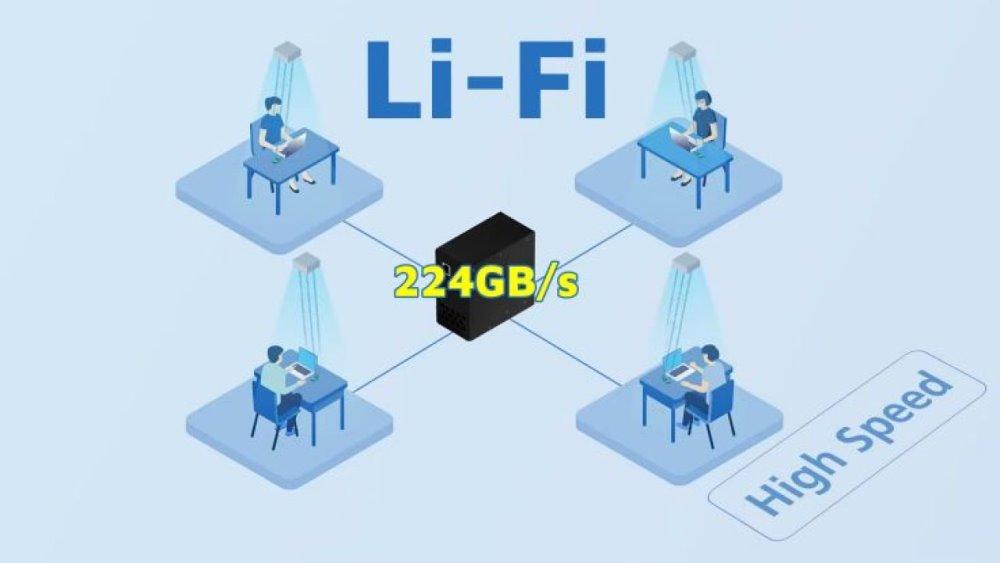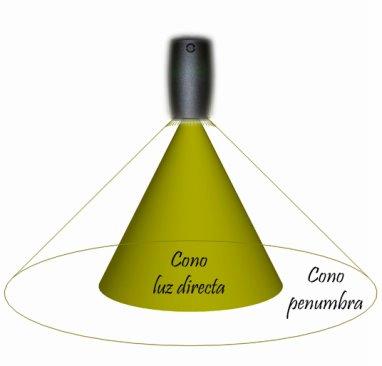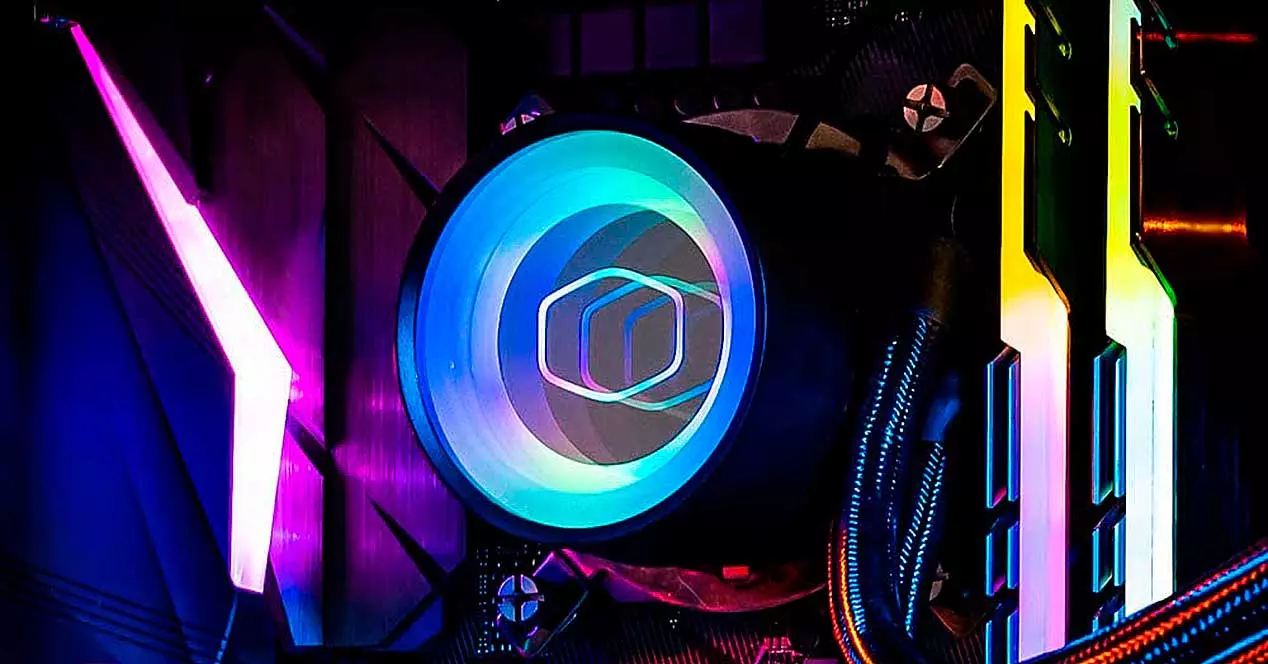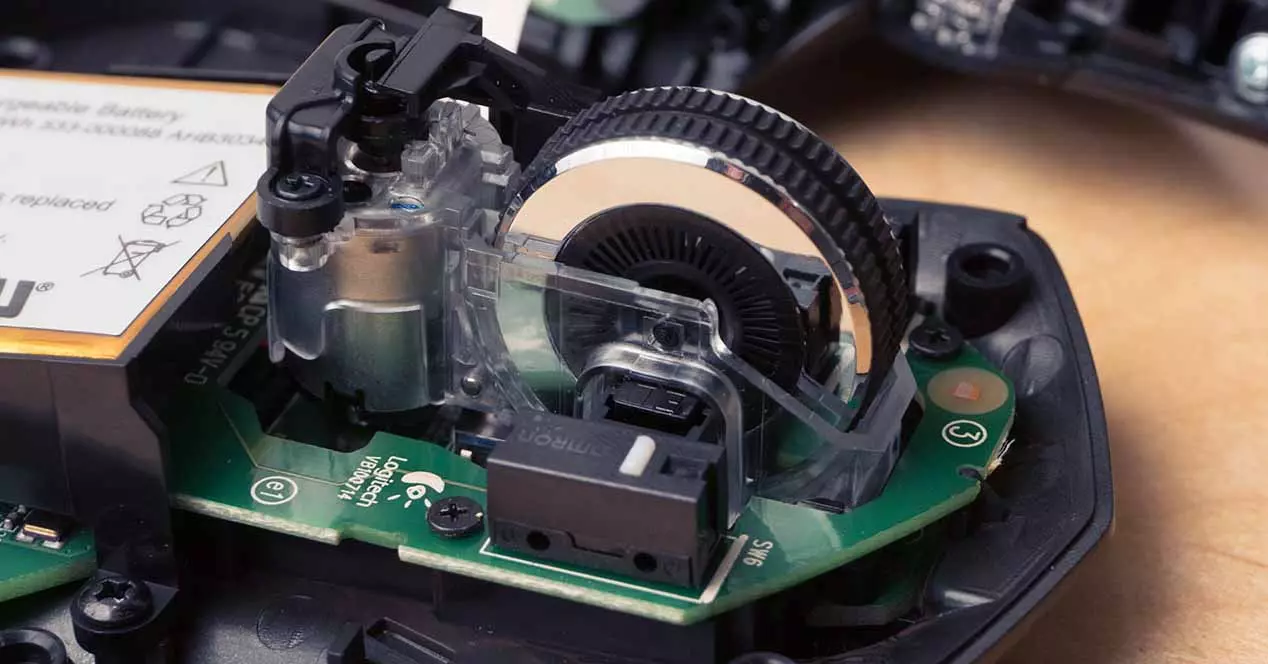
You may have never heard of Li-Fi technology, but it has been around and worked on for years. Its implementation is being slow, since it presents several technical problems that must be addressed. The main issues are transfer speeds and network security.
It differs from WiFi in its operation. While WiFi uses radio frequency waves that are “slow”, Li-Fi uses light. We are talking about important speed differences between both technologies.
What is Li-Fi?
It is a technology of light-based wireless communication that allows data and position to be transmitted between devices. This term was coined by Harald Hass, during a talk at TEDGlobal in 2011, in the city of Edinburgh.
Li-Fi is a communication technology light based that allows the data transfer at high speeds. It can work in the visible, ultraviolet, and infrared light spectrums. Currently, it can only be used in the visible light spectrum and by LED bulbs.
Technically, there are not many differences with WiFi technology. The biggest difference is in the way the data is transmitted. The Wifi use the radio frequency to induce an electrical voltage in an antenna for data transmission. While Li-Fi use the light intensity modulation for data transmission.
Perhaps the great advantage of Li-Fi is that you can use in areas sensitive to electromagnetic interference. It could be used in airplane cabins, in hospitals, or even in the military.
Present this technology various problemsbeing the first that for Li-Fi to work, the LED bulb should be on. It supposes an important bottleneck, since when it is based on the visible spectrum, its use is limited to the moment of illumination. It does not fit the purpose of mobile communication, as other light sources, such as the Sol, they could interfere with the signal.
The light can’t walk through walls, so its spectrum of operation is very short. Transmitters would need to be installed in each room. It is also given the light cone problemsince when we leave the lighting area, the quality of the signal is reduced.
New standard for this technology
The Institute of Electrical and Electronics Engineers (IEEE) has announced the IEEE 802.11bb standard for the light-based wireless communications standard. This standard will help companies that produce Li-Fi solutions to accelerate launch and adoption of technology.
Quickly, companies in the sector have come out to talk about the advantages of this technology. Specifically, they comment that the “faster and more reliable wireless communications with unparalleled security compared to conventional technologies such as Wi-Fi and 5G”
Obviously, WiFi technology and 5G will not disappear in the short, medium and even long term. The radio waves have big advantages in data transmission versus light. Above all, it is strong in open areas, long distances and traversing opaque objectsas we have commented.
Thanks to the standard, all solutions created from Li-Fi will have a common umbrella. There will be no solutions without interoperability or proprietary technologies with unique functions.
Above all, it stands out that Li-Fi is an optimal solution for areas with high congestion, such as shopping centers. Here there are many points of light, being able to create a good data transmission network.





